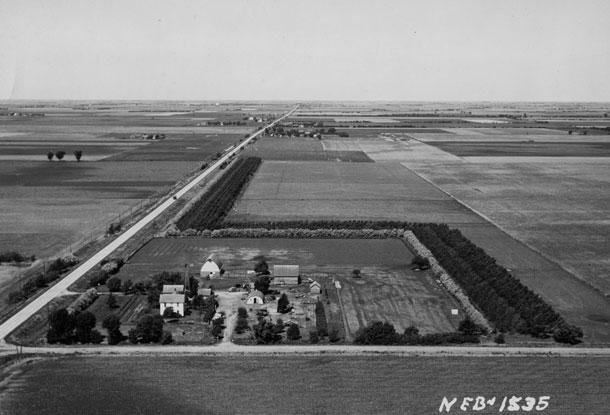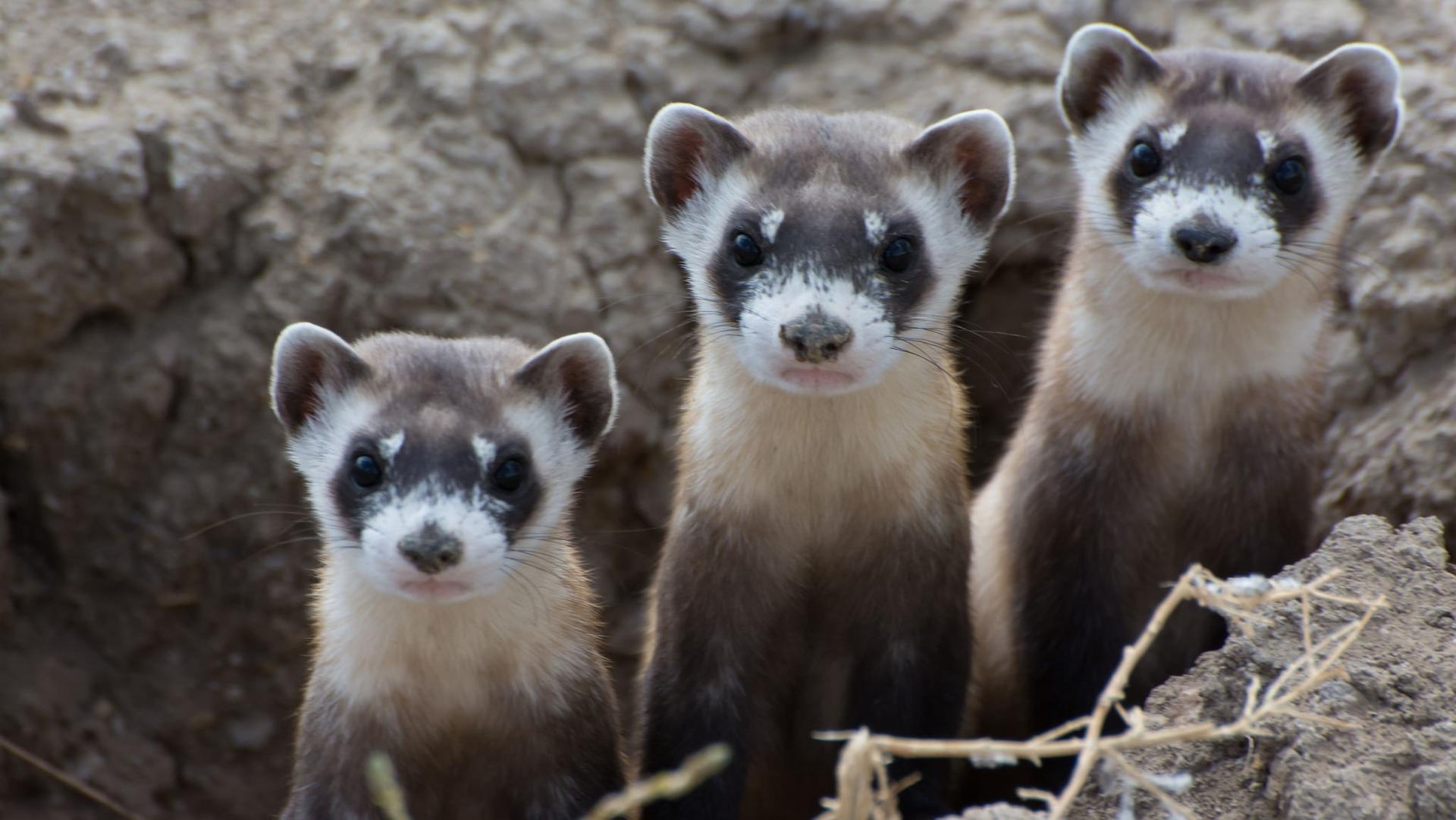Great Plains
Trees that helped save America’s farms during the Dust Bowl are now under threat
The Great Plains were the nation’s breadbasket, but drought in the 1930s created the Dust Bowl. President Franklin Delano Roosevelt’s solution was to plant trees as a shelterbelt to help hold back the dust. The plan worked, but now some farmers, forced by economic necessity to maximize crop yields, are cutting them down.
We want to hear your feedback so we can keep improving our website, theworld.org. Please fill out this quick survey and let us know your thoughts (your answers will be anonymous). Thanks for your time!
T. Boone Pickens at TED Conference, advocates for alternative energy plan
Energy tycoon T. Boone Pickens has a plan to end America’s dependency on foreign oil, he says. At the 2012 TED conference in California, Pickens outlined his “Pickens Plan,” a vision to boost the American economy by investing in domestic clean energy sources.
Subscribe to The World’s Latest Edition podcast for free using your favorite podcast player:


